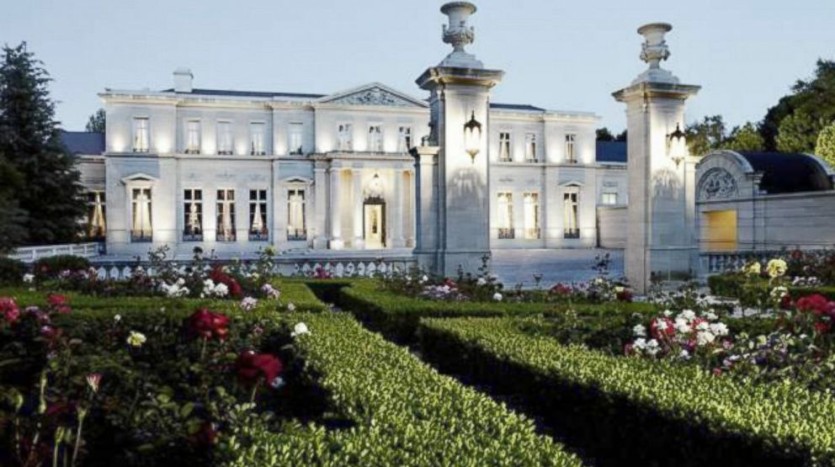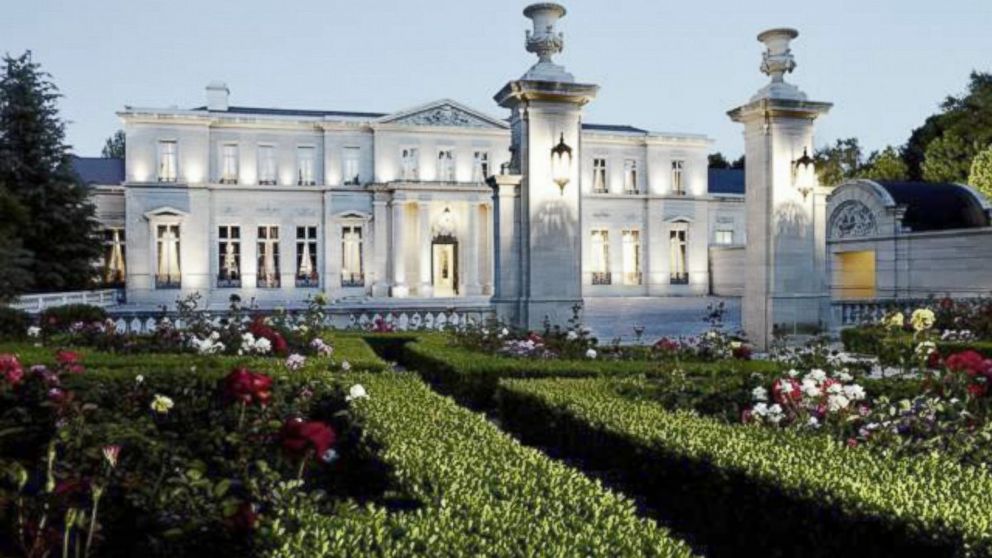After an international bidding war, a Westside mansion often described as a French palace has changed hands for $102 million, making it the most expensive residential sale ever recorded in Southern California.
As is often the case with high-end properties, the identity of the trophy home’s unnamed buyer has been obscured behind layers of lawyers, agents and a limited liability company.
But the real estate equivalent of a bread crumb trail suggests that the purchaser of the opulent estate is onetime junk bond king Michael Milken, who has spent more than two decades devoted to philanthropic efforts since he pleaded guilty in 1990 to securities fraud.







